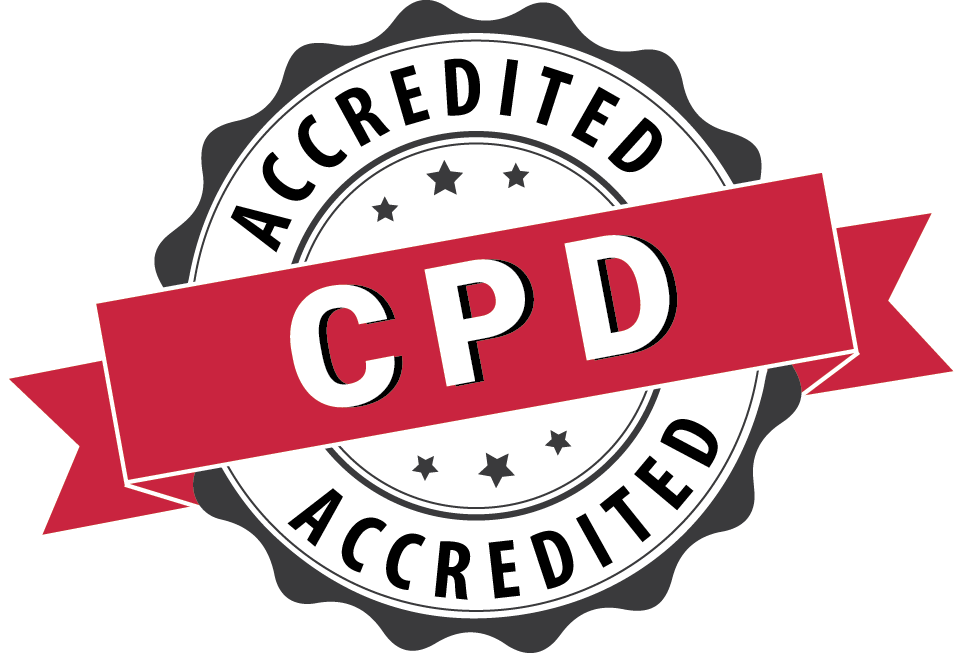Vaishnavi Parikh
Long Island University, USA
Biography
Vaishnavi Parikh has completed her PhD in Pharmaceutics from Philadelphia College of Pharmacy, University of Sciences. She has more than eight years of experience working as a Formulation Scientist in the pharmaceutical industry and currently works as a Manager of product development at Genus Lifesciences Inc. She has published several papers in reputed journals; presented at several international conferences; has been serving as a reviewer on six reputed journals and also an editor for the journal, Insight- Automatic Control.
Abstract
Topical formulations are commercially available in several dosage forms such as creams, gels, ointments, foam etc. Optimization of drug content in the dosage form is a critical quality attribue to balance the therapeutic activity of the drug molecule and localized toxicity. This study was therefore designed to screen various formulations for in vitro release of hydroquinone as a model drug from topical bases including diiferent non inonic and anionic gel based formulation in addition to the emulsion based cream formulation with and without different penetration enhancers and compared to cmmercially available product. Vertical Franz diffusion cell based on principle of equilibrium microdialysis, cellulose membrane and donated human skin membrane were utilized to evaluate release form different semisolid formulations. To estimate the drug release patterns, in vitro release data were treated to determine physicochemical parameters, such as steady state flux, diffusion coefficient, permeability coefficient and partition coefficient. The results led to development of a formulation that provided higher release of drug at half the concentration of the marketed product. It was also demonstrated that in case of topical formulations, not the concentration of the drug in the formulation but the nature of the base and layer of formulation in contact with the skin surface presents the drug release.
